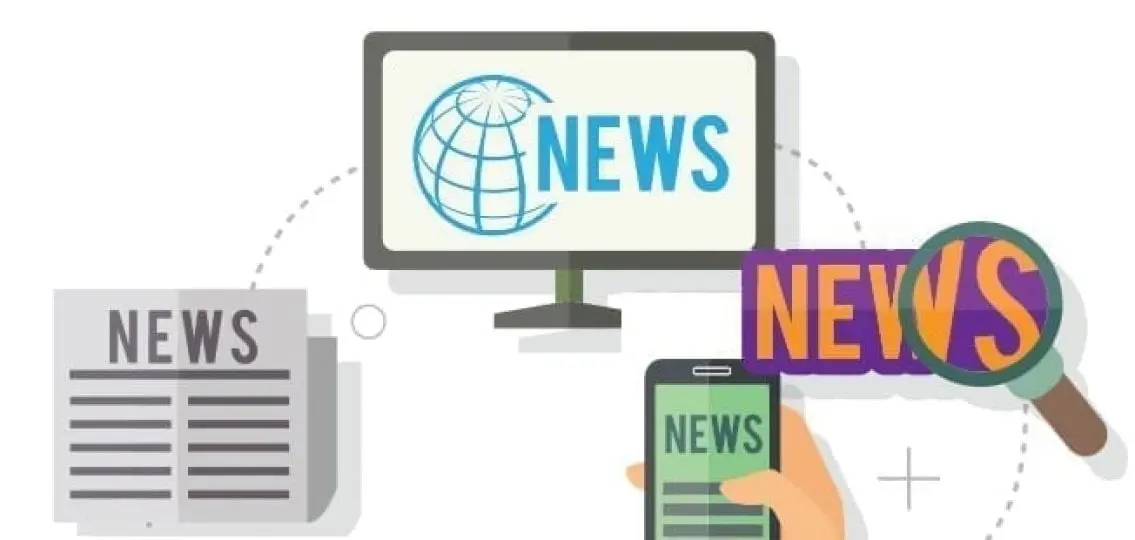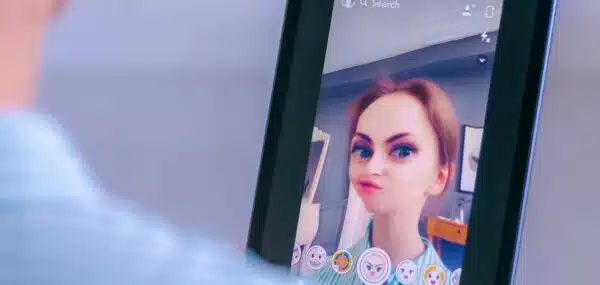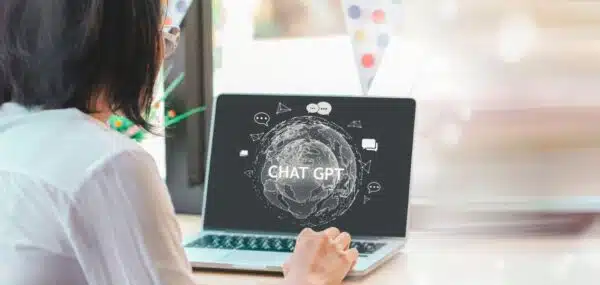As a parent, I am often eager to provide answers and advice for my kids. As a teacher, part of my job is imparting accurate knowledge to my students. And as a Civics teacher, my curriculum includes the foundations of American Government and the information necessary to be aware of and understand current events.

But in this era of ubiquitous access to information on social media, frequent disinformation, and political strife, the most important part of my job as a parent and as a teacher is to encourage kids to ask more questions.
We’ve probably all had conversations with our teenage children that start something like this: “Mom, did you see this…” followed by an alarmingly questionable piece of information they’ve seen on social media.
In the fall of 2012, my students told me, with a blend of skepticism, fear, and confusion, that they were hearing the world was going to end on December 21, 2012. Apparently, several websites posted stories that included a planet hurtling toward Earth, an Aztec prophecy foretold by the end of the Aztec calendar on that date, and impending doom for all of us. Not only was the scientific prediction of doom unfounded, but the information about the end of the Aztec calendar and the mere existence of the allegedly hurtling planet were also untrue. I told my students all of this.
But the tricky part about allaying teenagers’ fears is that they’re always attuned to sniffing out adult efforts to hide information from them or to sugar-coat a story.
They want us to reassure them, but they don’t trust us when we do.
They want the comfort and protection we offered them as children, but they’re also striving toward independence and an adult understanding of the world. Those competing desires create some tension.
That tension also provides an opportunity for us. Rather than aiming for the hard-sell—“Trust me, listen to me, I know what I’m talking about”—it’s a teachable moment to help them analyze the information for themselves and learn how to fact check media.
How to Encourage Teens to Think Critically and Fact Check Media
As a teacher, I try to give them a series of questions to pursue in order to fact check the media they consume:
- Where did you see that information? Did it come from a reliable source?
- Does it sound right to you? What do you wonder about it?
- Can you find that same information on the websites of major newspapers or television news networks? What are they saying about it?
- What happens if you do an Internet search for that information you heard and add the word “rumor,” “conspiracy,” or “fact-check?” Do you find any helpful information there? (Try “dec 21 2012 rumor” and you will see several great stories about that particular Internet conspiracy.)
Thankfully, many organizations and schools are teaching robust fact-checking protocols to teenagers now. Organizations like The News Literacy Project, MediaWise, and CommonSenseMedia.org have created curricula and protocols that are in widespread use.
In fact, according to the American Association for the Advancement of Science, teenagers are significantly less likely than adults to spread misinformation they encounter online.
How Parents Can Help
As parents, it’s important that we model wise information consumption and demonstrate how to fact check media. Our teens are not likely to engage in long conversations with us about what we’re seeing online and what we think about it, but there are several actions we can take that are important.
First, we need to be careful to never pass along information ourselves, particularly alarming or incendiary stories, that we haven’t fact-checked or vetted. Linking, retweeting and forwarding are easy, but we need to slow down.
Second, we can narrate this process when our kids are nearby. If you’re scrolling through your news feed and notice something questionable while your teen is in the room, she’ll hear you say, “Huh. That looks weird. I wonder whether that’s true? Let me see what I can find.” The reaction might pique interest and spur more of a conversation, or it might not. But at a minimum, if they hear us voice skepticism habitually, we’ve planted a seed for their own healthy skepticism.

Finally, we need to make space in our conversations for complexity. Debunking the Aztec apocalypse was much easier than detangling political strife we see in the news. Beyond conspiracy theories (and there are plenty of those), there is also a tendency to tell, in Chimamanda Adichie’s words, a single story that misrepresents the breadth and depth of a situation. We need to help our kids understand that multiple things can be true at the same time, and we can do so both by example in the stories we tell and by asking questions about the stories they read.



